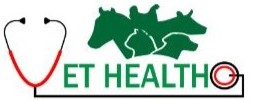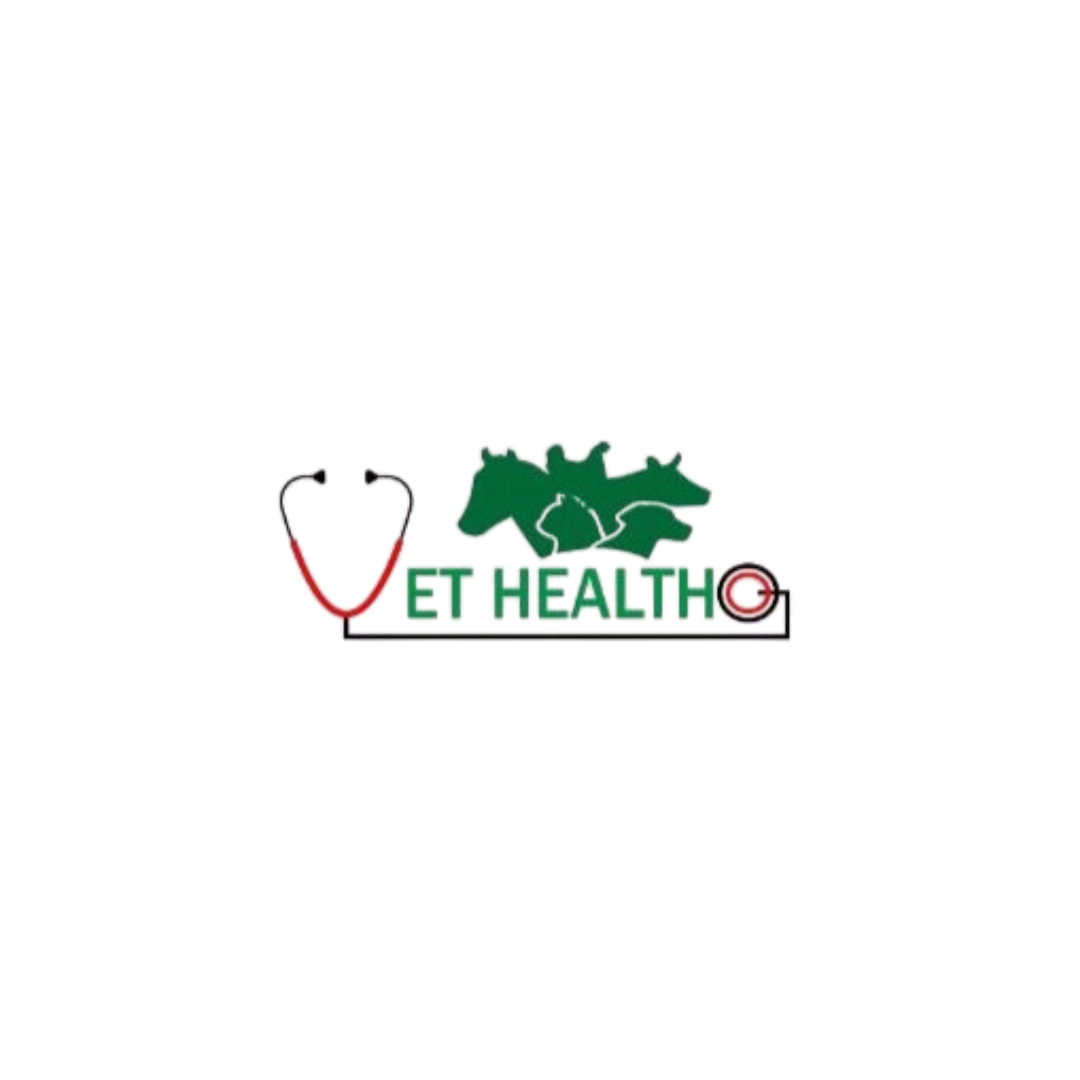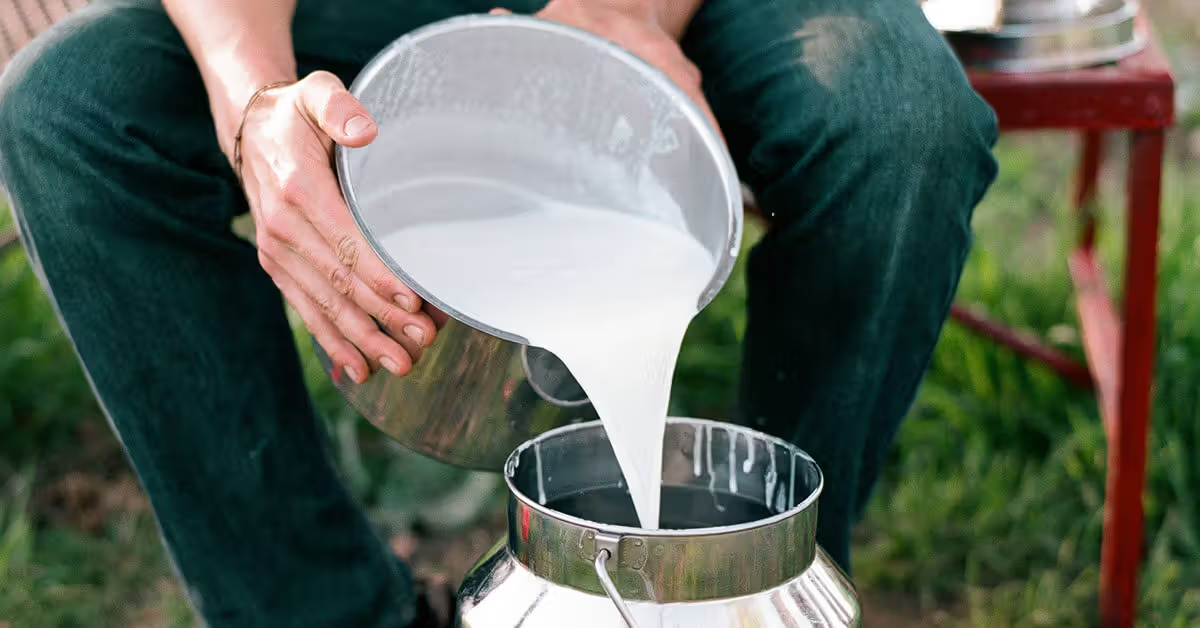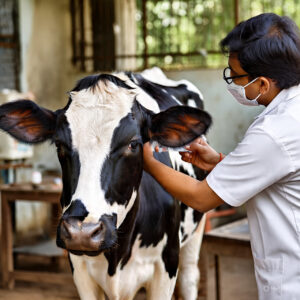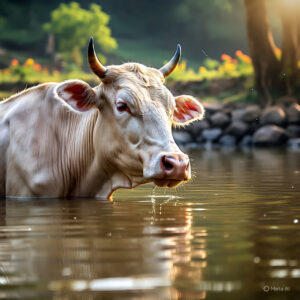Milk contamination is a serious issue in dairy farming and milk processing. It occurs when milk is exposed to bacteria, chemicals, or harmful substances. Contaminated milk not only reduces product quality but also poses health risks to consumers.
🔍 What Causes Milk Contamination?
There are several ways milk can get contaminated before it reaches the end consumer:
- Unclean Milking Tools: Using unwashed milking buckets, machines, or hands introduces harmful bacteria into milk.
- Infected Cows: Cows suffering from mastitis or other infections may produce unsafe milk.
- Dirty Udder and Shelter: Mud, dung, and dust around the udder can mix with milk if not cleaned properly.
- Poor Water Quality: Using untreated or dirty water to wash equipment or dilute milk results in contamination.
- Lack of Cooling: Milk that is not cooled below 4°C soon after milking supports rapid bacterial growth.
- Antibiotic Residue: If cows are treated with medicines and milked before the withdrawal period ends, traces can be found in the milk.
⚠️ Effects of Consuming Contaminated Milk
Drinking contaminated milk can lead to:
- Food poisoning
- Diarrhea, vomiting, and stomach infections
- Spread of bacterial diseases like brucellosis
- Allergic reactions due to chemical or drug residues
- Spoilage of dairy products like curd, paneer, and ghee
🛡️ Prevention Tips to Avoid Milk Contamination
Here are some practical tips:
- Sterilize all milking equipment before and after use
- Clean the cow’s udder and teats with warm water
- Chill milk within 30 minutes of milking
- Do not mix milk from sick animals
- Ensure clean drinking and washing water for cows
- Always follow the drug withdrawal period after medication
